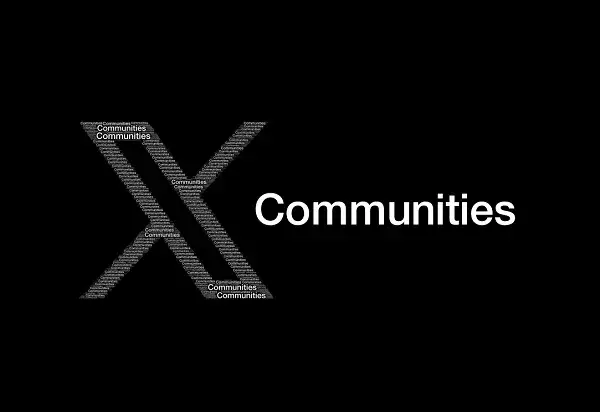Social media platforms are continually evolving to cater to user preferences and enhance engagement. Recently, X revealed significant modifications to its community features, aiming to increase visibility and interaction within topic-based communities. While these updates aim to promote robust conversations, they also raise questions about the nature of community interactions and member privacy.
One of the standout features of the update is the enhanced visibility of community posts. By integrating community content into users’ feeds, posts and replies from topic-based communities can now reach a wider audience, including followers and non-members alike. This change signifies a strategic shift; X is clearly keen on maximizing user engagement by leveraging the volume of discussions happening within these communities.
However, there are mixed feelings regarding this transition. For many users, joining a community means engaging in a more intimate, curated dialogue with individuals who share similar interests. The idea that posts will now be accessible to the broader X audience may dilute the focus on niche discussions, shifting the dynamics of community engagement. While the goal is to promote dialogue, the introduction of non-member replies could lead to an increased influx of off-topic conversations, potentially overshadowing the perspectives of community members who originally joined for specialized discourse.
To address some concerns regarding outside interactions, X has established a system prioritizing replies from community members. This approach balances the desire for broader engagement while still honoring the input of those committed to the community. Yet, this compromise comes with its own complexities. By allowing non-members to engage, X opens the door for a certain level of noise that may detract from significant conversations taking place within the community. Moreover, the question remains: are members prepared to encounter a variety of unsolicited opinions that might not align with their community values?
In addition, the operationalization of these features presents further challenges. Although community moderators have the ability to hide comments from non-members and enforce rules to limit their posting capabilities, not all communities may take advantage of these controls. This variability could lead to inconsistent experiences across communities, which might deter users from using the feature altogether.
The emphasis X places on community engagement contrasts sharply with the recent removal of the communities tab from the primary navigation panel, replaced instead by a video tab. This decision raises eyebrows about the true significance placed on community interactions in the broader ecosystem of X’s functionality. While the platform reports impressive statistics—such as a 600% year-over-year increase in time spent within communities—removing dedicated navigation could suggest that engagement metrics are not driving user retention or satisfaction as strongly as anticipated.
It might be that communities are evolving in ways that remain opaque to casual users. As the platform pushes features like AI tools, it appears to consolidate its efforts around elements that potentially offer greater immediate user interest and monetization. Nonetheless, encouraging content creation through community engagement signals an acknowledgment that deep, topic-focused conversations can contribute to the platform’s vitality and user engagement.
Another contentious aspect of this update is the decision to keep community content available even if the associated community is deleted. While the rationale may be to enrich the content pool available to the 250 million daily users of X, this raises ethical considerations about data ownership and conversational integrity. Should discussions continue to exist after a community is dissolved? Are users willing to have their contributions remain visible without the context of the community they were associated with?
The option for individual users to delete their comments offers some relief, but it may not be sufficient. This approach could leave behind fragmented discussions that reflect only a portion of the conversation, lacking the community context that initially fostered those interactions.
X’s recent updates to community features represent a bold step toward redefining social media interactions. By prioritizing visibility and engagement, the platform aims to foster a richer exchange of ideas. However, this evolution necessitates a careful consideration of how communities function at their core. Balancing outside engagement with member-focused dialogue will be vital to maintaining the integrity of topic-based discussions. As X forges ahead with these changes, the ultimate success will hinge on the feedback and adaptability of its community members. The future remains uncertain, but one thing is clear: community dynamics on X are poised for transformation.


Leave a Reply